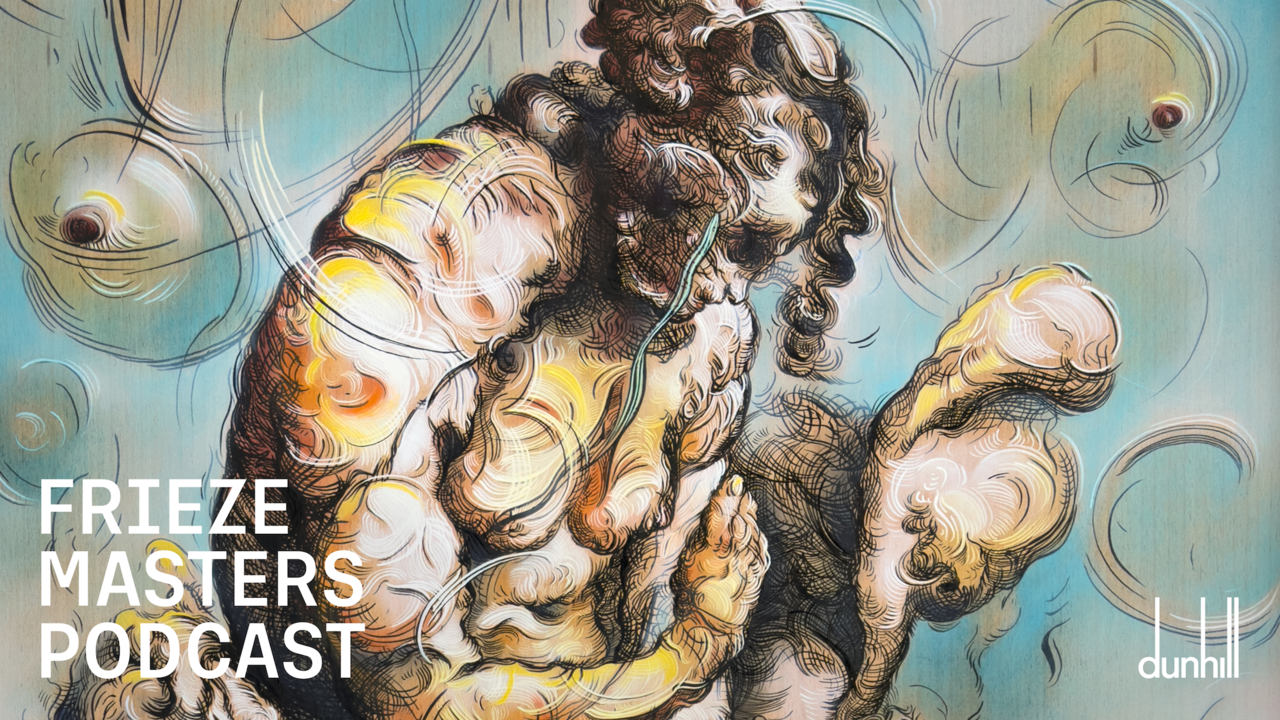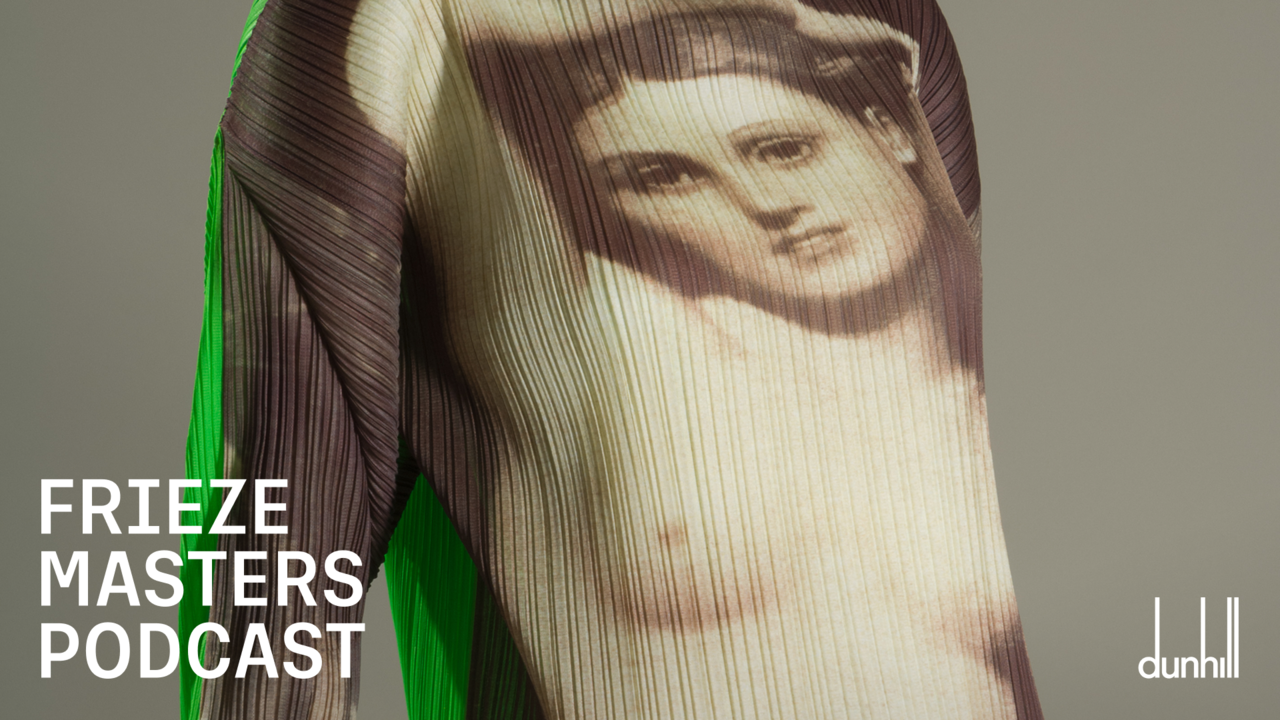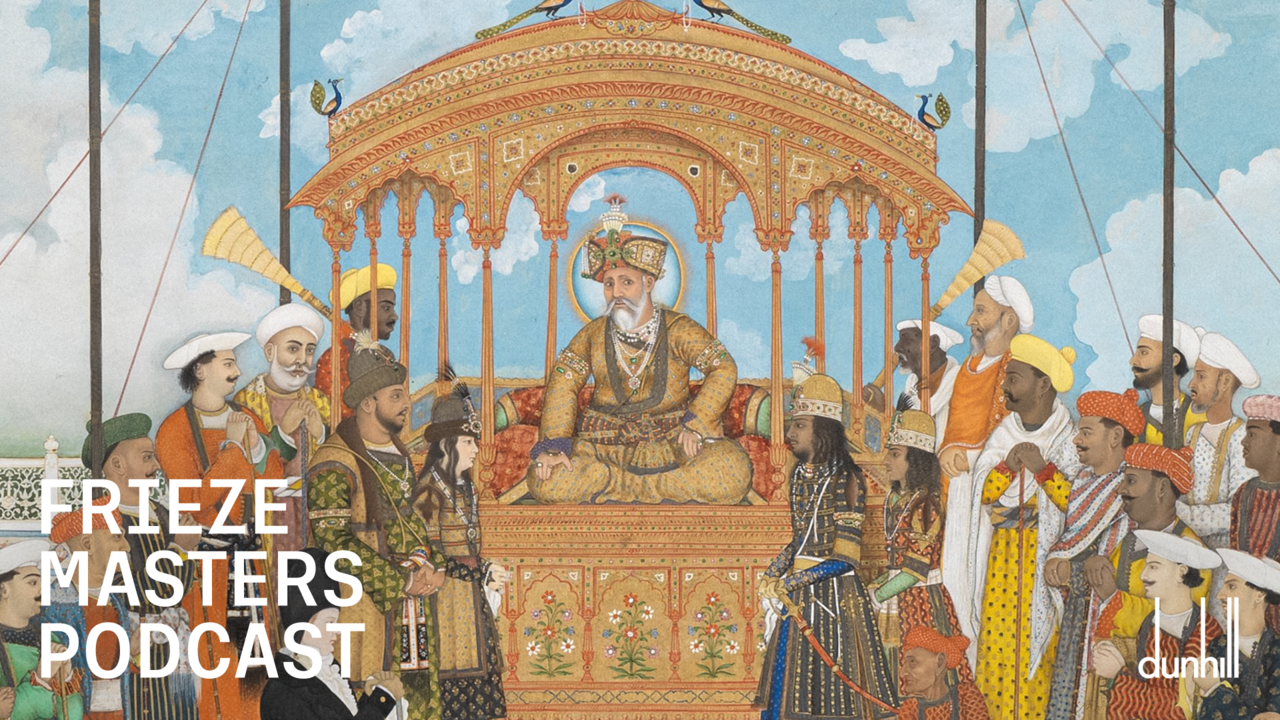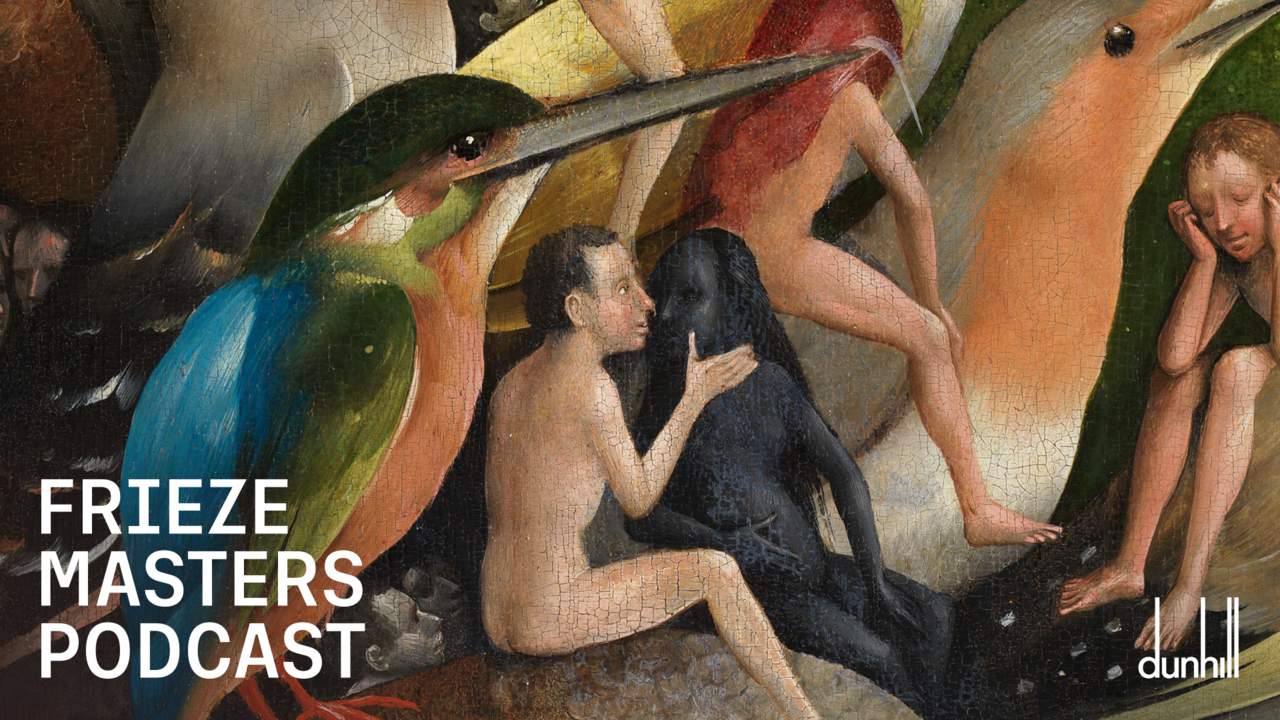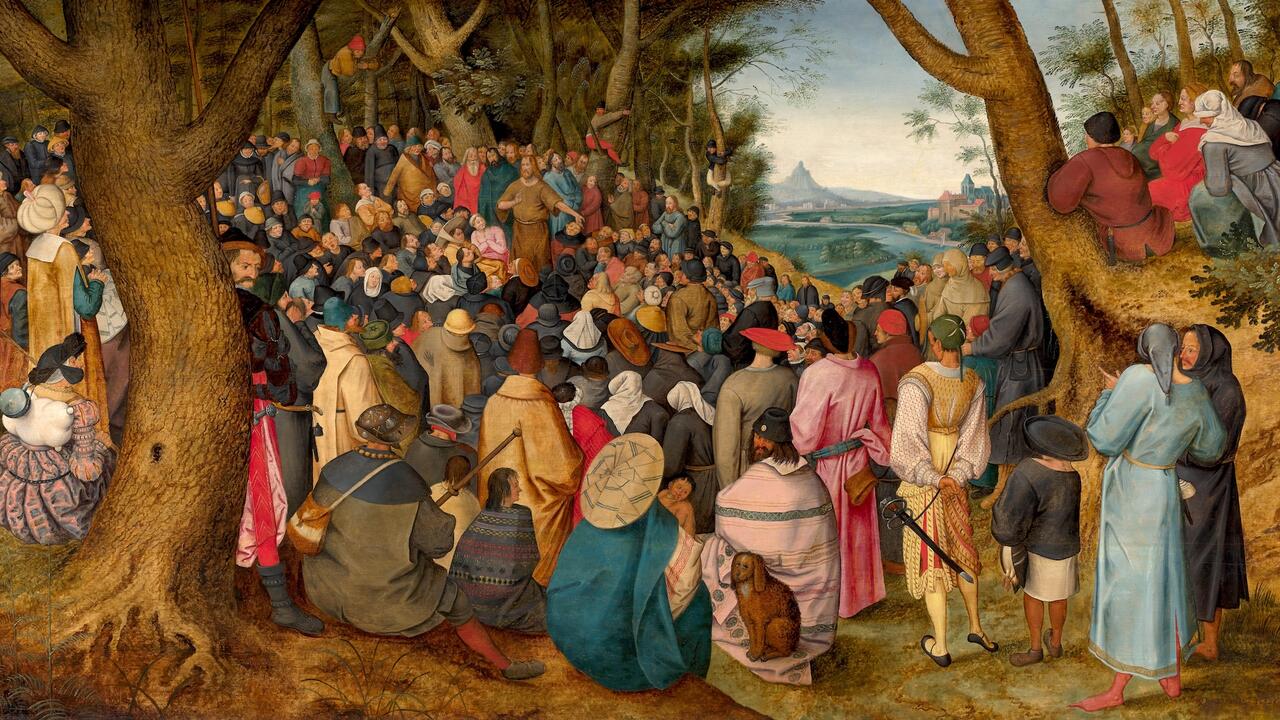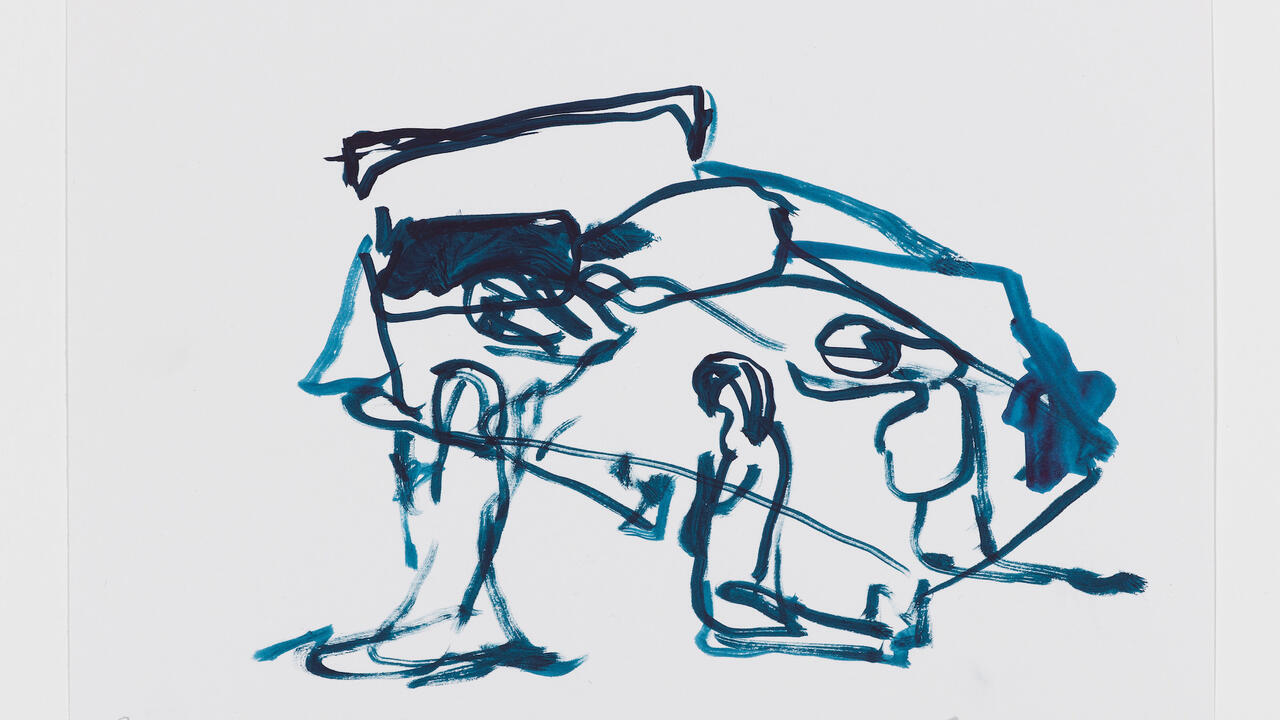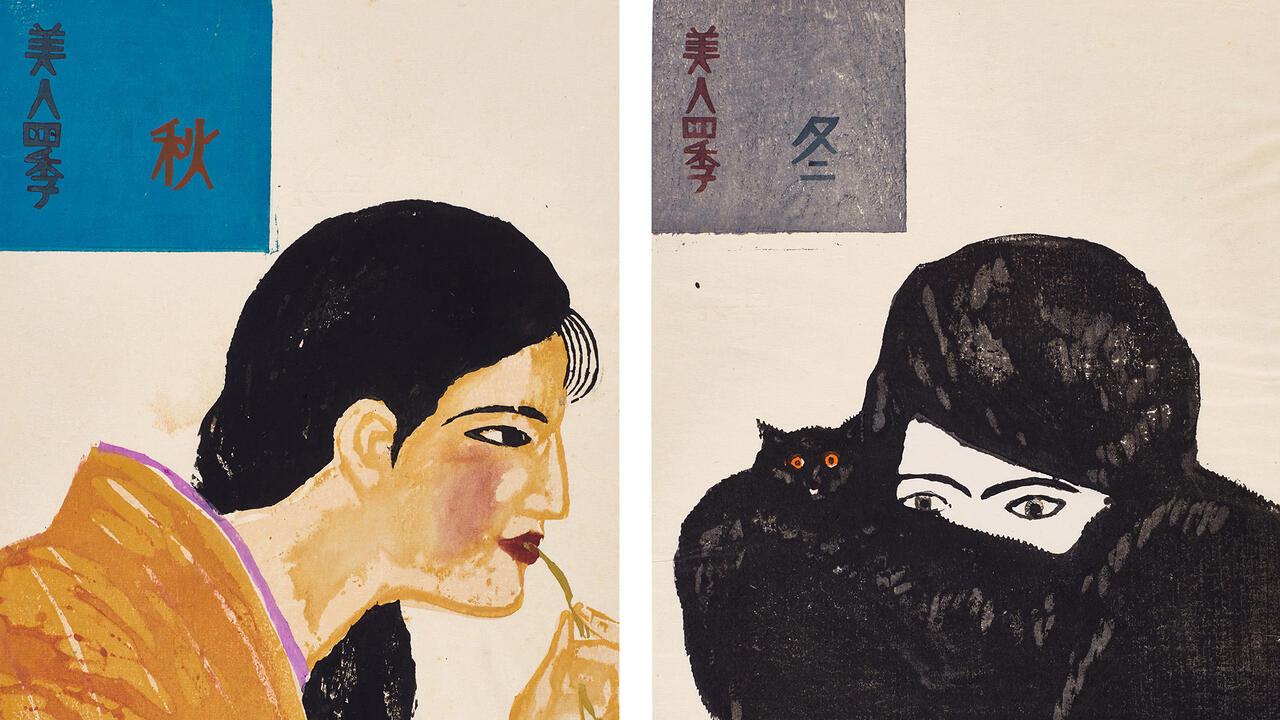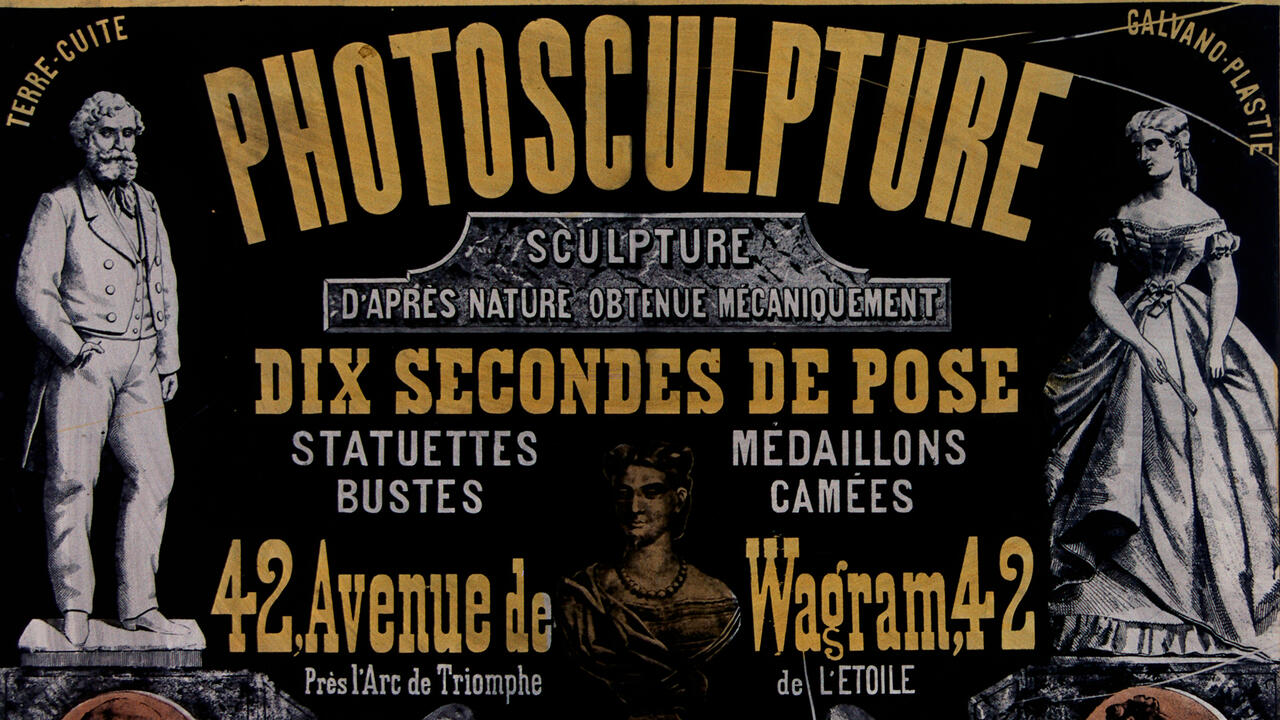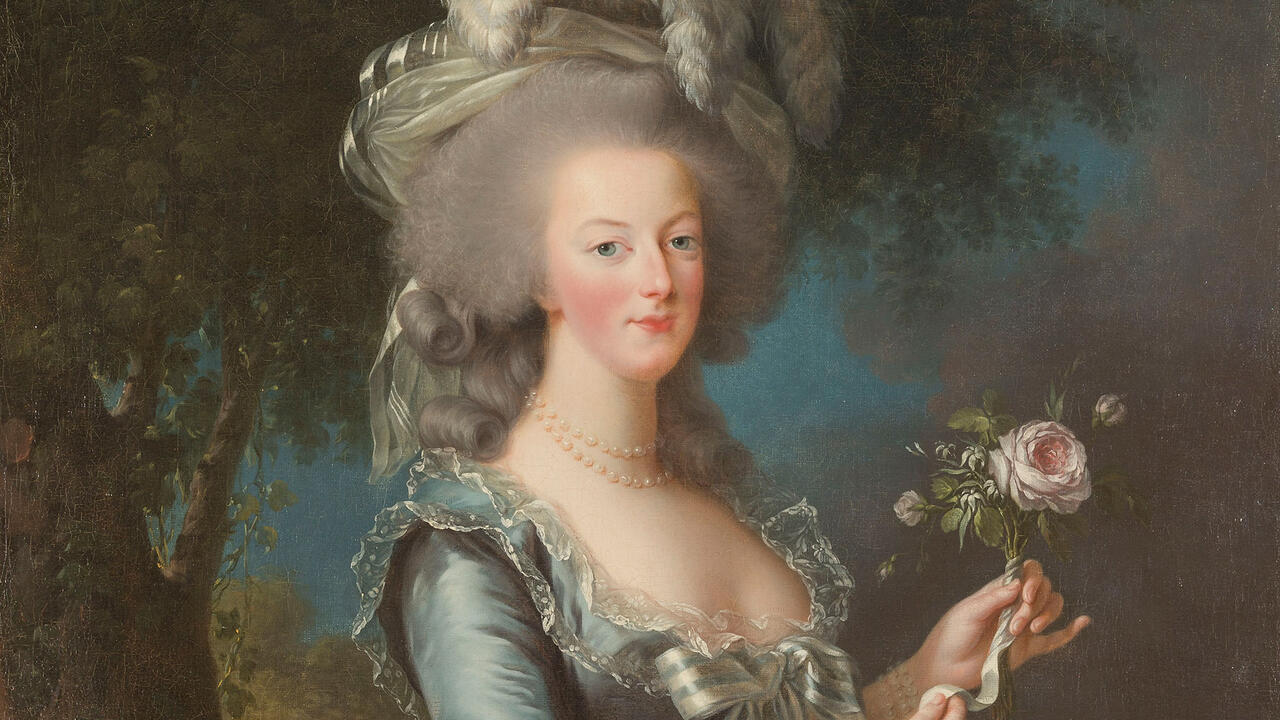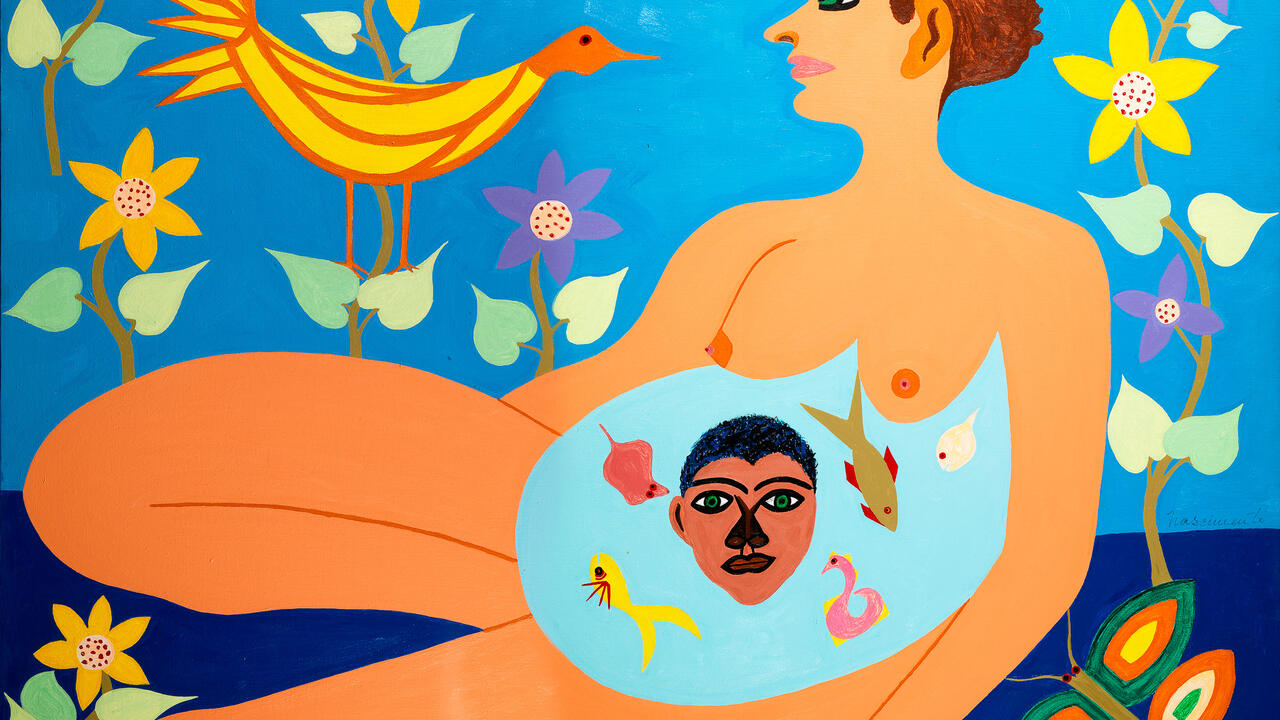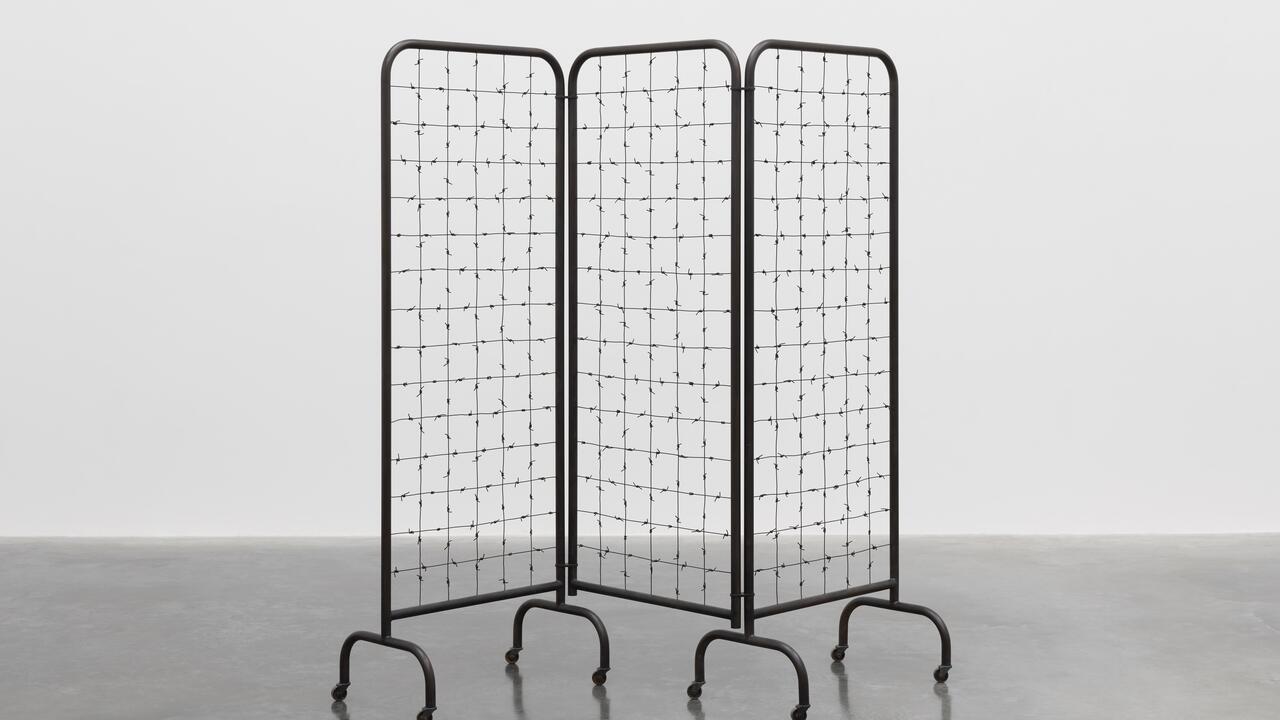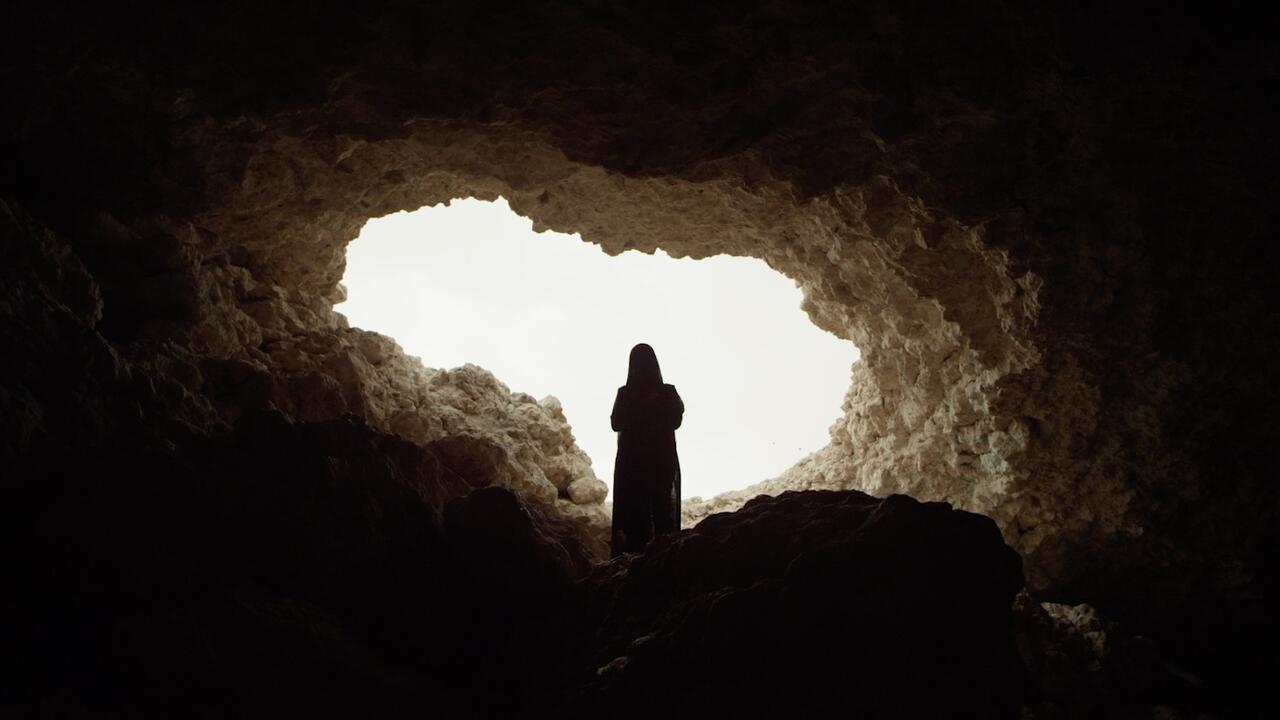Telling Tales - Mughal India
From Ancient Egypt to Baroque Bologna to avant-garde Moscow, the works at Frieze Masters open up a world of stories
From Ancient Egypt to Baroque Bologna to avant-garde Moscow, the works at Frieze Masters open up a world of stories
A Swiss adventurer's souvenir of Holi
Prahlad Bubbar, F10

Antoine Polier was an 18th-century Swiss aristocrat, adventurer, military engineer and spy. He was also a connoisseur and collector of Indian art.
Working in turn for Clive of India, the Governor-General of Bengal and the Nawab of Awadh, he amassed a fortune, and developed his taste for and understanding of Indian culture: learning Persian and Hindi, collecting fine Mughal and Deccani art, commissioning new paintings, and taking not one but two Indian wives.
Polier’s training as an engineer evidently had a bearing on his taste: a strong sense of perspective and architectural accuracy is visible in his commissions, like this one’s islands within pools and interconnected bridges. This painting forms a leaf in a souvenir album of scenes decorated by Polier’s retained artist, Mihr Chand, who trained at the court of the Mughals (the Muslim emperors from whom the word ‘Mogul’ comes). This scene conveys the elegance of courtly life, with a group of finely dressed women celebrating the Hindu ‘festival of colours’, Holi, in exactly the way people do today – by dousing each other with coloured pigments.
The delicate costumes, tents, flowers, golden trays and fine jewels testify to the grandeur and ease of life in 18th-century Lucknow. Polier himself would not enjoy such comforts for long; in 1788 he left India for Europe, perishing in the French Revolution.










